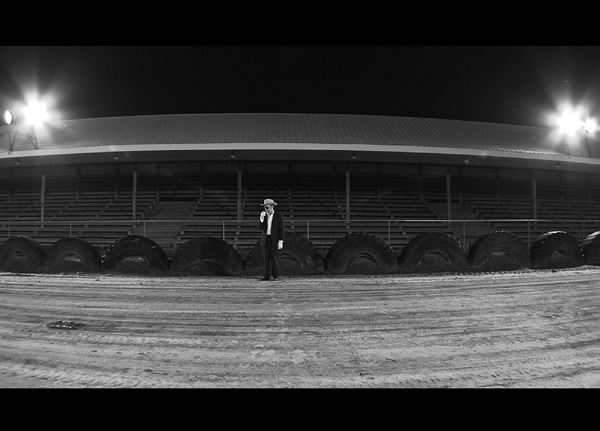
ODE TO MONTGOMERY
first performed on September 2, 2014
Ruritan Park, Grounds for the 44th Annual Turkey Trot Festival, Montgomery, IN
performed once in 2014
WILD AMERICAN DOGS / BEVERLY FRESH, GREG SCOTT
Chris Main, Chad Nicholson
Chicago, Illinois
810034050b810034050e810034050v810034050e810034050r810034050l810034050y810034050@810034050b810034050e810034050v810034050e810034050r810034050l810034050y810034050f810034050r810034050e810034050s810034050h810034050.810034050c810034050o810034050m810034050 810034050/810034050 810034050g810034050r810034050e810034050g810034050_810034050s810034050c810034050o810034050t810034050t810034050@810034050m810034050e810034050.810034050c810034050o810034050m
ODE TO MONTGOMERY
WILD AMERICAN DOGS / BEVERLY FRESH, GREG SCOTT
“Ode to Montgomery” serves to isolate archetypal figures from their customarily pronounced orientation to the communalistic ethos of rural settings. Sociologist Molly Merryman describes “Ode” as “a performance art piece that meditates on male rural isolation, freedom, and peace.” Each of the four segments focuses intensively on a particular figure. The four segments, while differentiated by character, adopt a common visual rhetoric and narrative grammar such that each one stands on its own but is best understood in relation to the other three segments. The emotional resonance of “Ode” derives from the script’s intentional reliance upon the interplay of competing states: pathos and ecstasy, nostalgia and indifference, romanticism and pragmatism. The narrative through-line of “Ode” rests on a radical deconstruction of rural masculinity and, more generally, the nature of human subjectivity in relation to the built and natural environments of the rural Midwest.
On an empty demolition derby track, the night preceding the Annual Montgomery Turkey Trot Festival, a car idles in the distance. “The Crooner” enters the track and lip-synchs to a slow, densely reverberated version of Ricky Nelson’s “Lonesome Town” that plays through the track’s antiquated PA system. As the last of Lonesome Town rattles through the empty grandstand, “The Driver” approaches the center of the track and proceeds to maneuver through a series of figure-eights at a slow speed. He suddenly accelerates. Mud flies as he tears up the track, completing several doughnuts. As “The Driver” cuts his eights into the dirt, the announcer issues a garbled list of local businesses, the names of random townspeople, and catchphrases from the regional vernacular; he asks unanswerable questions, delivers inscrutable bits of wisdom, and makes poetry of boosterism. The car slowly exits. “The Player” enters the track and plugs his electric guitar into an amplifier. He plays drawn out drones and high-pitched squeals. His playing builds into an atmospheric bastardized version of the Star Spangled Banner.